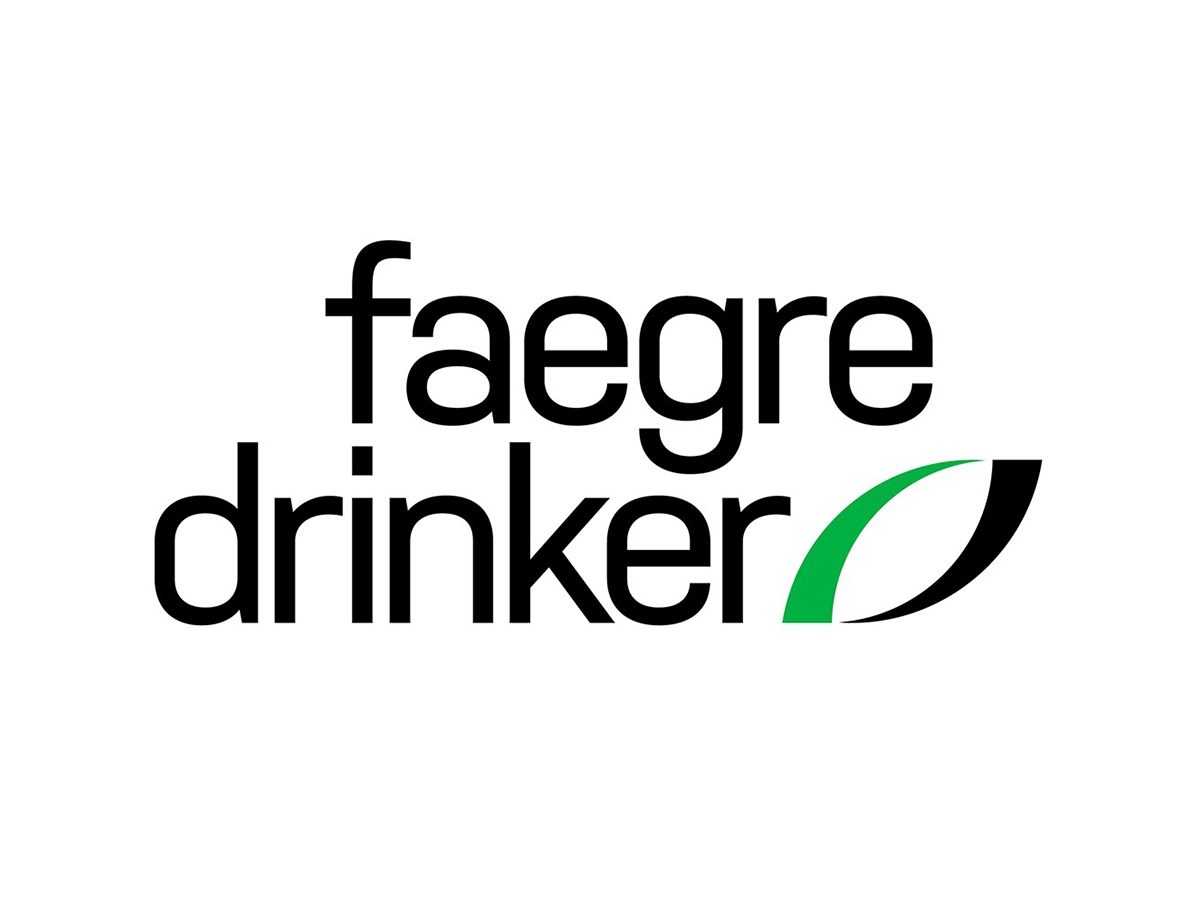USPTO Guidance: Human Contribution Is Key to Patent Eligibility | Ballard Spahr LLP
Summary
The United States Patent and Trademark Office (USPTO) recently published guidance regarding artificial intelligence (AI) assisted invention. The explanatory guidance acknowledges that “while an AI system may not be named an inventor or joint inventor…, an AI system…may perform acts that, if performed by a human, could constitute inventorship under our laws,” but clarifies that “a natural person must have significantly contributed to each claim in a patent application or patent.”
As Ballard Spahr previously reported here, the Biden administration issued last year an Executive Order on the “Safe, Secure, and Trustworthy Development and Use of Artificial Intelligence.” Pursuant to that Order, the United States Patent and Trademark Office (USPTO) recently issued guidance, entitled “Inventorship Guidance for AI-assisted Inventions” (Guidance.) 89 Fed. Reg. 10043, 10044 (Feb. 13, 2024). The Guidance is explanatory and does not constitute substantive rulemaking and does not have the force and effect of law. The Guidance merely sets out agency policy with respect to the USPTO’s interpretation of the Patent Act in view of court decisions.
The Guidance discusses the 2022 Federal Circuit case Thaler v. Vidal, 43 F.4th 1207, 1213 (Fed. Cir. 2022), cert. denied, 143 S. Ct. 1783, 215 L. Ed. 2d 671 (2023), in which the Federal Circuit held that “only a natural person can be an inventor.” Specifically, the Federal Circuit stated that 35 U.S.C. § 100(f) defines an inventor as “the individual or, if a joint inventor, the individuals collectively who invented or discovered the subject matter of the invention.” Id.
The Federal Circuit interpreted Supreme Court precedent that indicated the word “individual,” when used in statutes, ordinarily means a human being. Id. at 1211 (citing Mohamad v. Palestinian Auth., 566 U.S. 449, 454 (2012)).
In the present Guidance, the USPTO recognizes that “while an AI system may not be named an inventor or joint inventor in a patent or patent application, an AI system—like other tools—may perform acts that, if performed by a human, could constitute inventorship under our laws.” 89 Fed. Reg. 10043, 10044 (Feb. 13, 2024).
Section III of the Guidance clarifies that AI-assisted inventions are not categorically unpatentable for improper inventorship. Specifically, “use of an AI system by a natural person(s) does not preclude a natural person(s) from qualifying as an inventor…if the natural person(s) significantly contributed to the claimed invention.” Id. Whether a person made a significant contribution is determined according to the Pannu factors. Pannu v. Iolab Corp., 155 F.3d 1344, 1351 (Fed. Cir. 1998). Under the Pannu factors, an inventor must have:
(1) contributed in some significant manner to the conception of the invention;
(2) made a contribution to the claimed invention that is not insignificant in quality, when that contribution is measured against the dimension of the full invention; and
(3) more than merely explain[ed] to the real inventors well-known concepts and/or the current state of the art. HIP, Inc. v. Hormel Foods Corp., 66 F.4th 1346, 1353 (Fed. Cir. 2023) (citing Pannu, 155 F.3d at 1351)
The present Guidance states, “[i]n the context of AI-assisted inventions, natural person(s) who create an invention using an AI system, or any other advanced system, must contribute significantly to the invention, as specified by the Pannu factors.” 89 Fed. Reg. 10043, 10044 (Feb. 13, 2024). To be clear, there is no requirement that each inventor contribute to every claim. However, “each claim must have been invented by at least one named inventor,” and so “a natural person must have significantly contributed to each claim in a patent application or patent.” Id.
Although there is no bright-line test for determining whether a natural person’s contribution in an AI-assisted invention is significant, the Guidance does provide some guiding principles and examples. Interested practitioners should consult the USPTO’s AI-related resources page here for more information.
[View source.]





